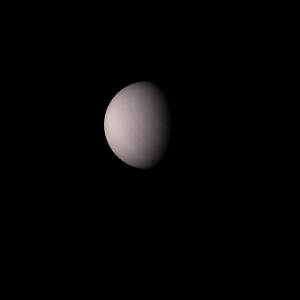|
|
Space Astro
|
Info for exoplanet "Vosfar"
| Scientific (actual) data |
|---|
| Name | TOI-4184 b |
| Planet status | Confirmed |
| Planet mass | 6.6 |
| Radius | 0.2168 |
| Orbital period | 4.90198 |
| Semi major axis | 0.0336 |
| Inclination | 89.43 |
| Discovered | 2023 |
| Updated | 2023-06-28 |
| Tzero tr | 2459480 |
| Impact parameter | 0.306 |
| Temperature (kelvin) | 412 |
| Publication | Published in a refereed paper |
| Detection type | Primary Transit |
| Mass measurement type | Theoretical |
| Radius measurement type | Primary Transit |
| Star name | TOI-4184 |
| Right ascension | 43.83° |
| Declination | -79.41° |
| Mag v | 17.1 |
| Star distance | 69.2 |
| Star metallicity | -0.27 |
| Star mass | 0.24 |
| Star radius | 0.252 |
| Star sp type | M5.5 |
| Star age | 6.7 |
| Star temperature | 3225 |
| Wikipedia article | TOI-4184 b |
Back
| |
| Fictional info (?) |
|---|
| Suggested name | Vosfar |
| Planet type | Large hot gas giant |
| It is a large hot gas giant planet with a mass one-thousandth that of TOI-4184, but two-and-a-half times that of all the other planets in its solar system combined. The planet telescopically displays the complete range of phases, similar to Venus and the Moon, as it moves in its inner orbit relative to TOI-4184, which reoccurs over the so-called synodic period approximately every 180 days. |
| Atmosphere | Helium | 53% |
| Ammonia | 39% |
| Carbonyl sulfide | 7.6% |
| Hydrogen | 1.0E-6% |
| Atmospheric pressure | 80 bar |
 |
| No known satellites |
| Google search for Vosfar |
|
Website by Joachim Michaelis
|
|
|
|